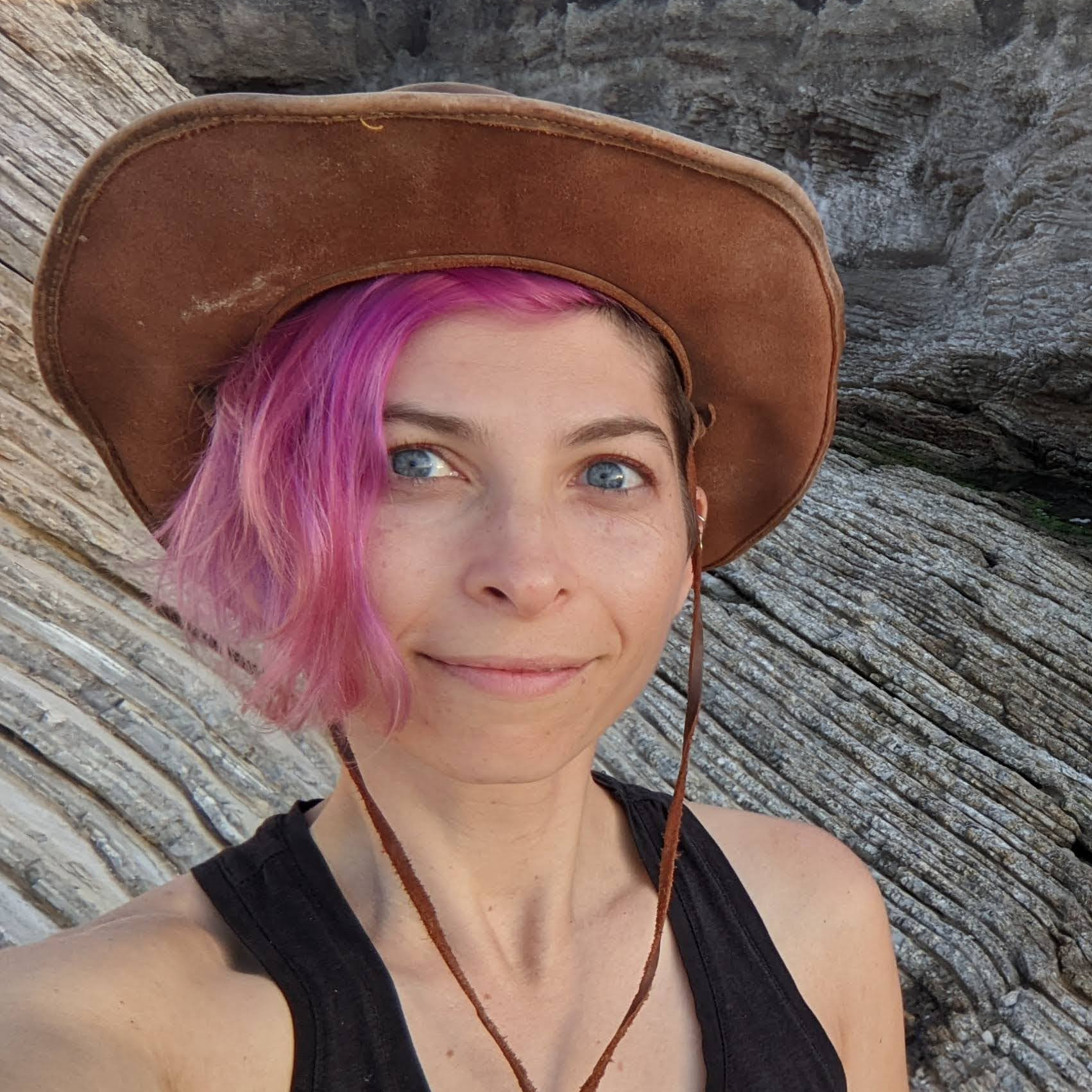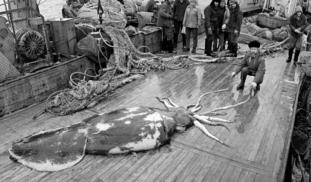Please wait...
About This Project
We are launching a multi-year expedition to film a colossal squid in the deep sea for the first time off Antarctica to learn about its basic biology/behavior. With deep sea cameras we are surveying for the colossal squid to answer key questions about the species such as; how large they grow, most preferred habitats, the use of its massive eye, how it exhibits bioluminescence, and its conservation status.

Browse Other Projects on Experiment
Related Projects
Bacterial Biodiversity Within The Ballona Wetlands
The Ballona Wetlands are the largest wetlands in Los Angeles. Within the last 80 years urbanization has...
Lithogardens: lithoautotrophy-powered microbial communities for improved carbon capture with enhanced rock weathering
By 2050, the process of enhanced rock weathering can be capturing 0.3 Gt CO2/yr in the US alone [1], but...
Profiling in vivo pMMO activity and lipid order in methanotrophs using designed fluorescent biosensors
Remediating methane requires the uniquely potent enzyme methane monooxygenase (MMO). All attempts to express...





